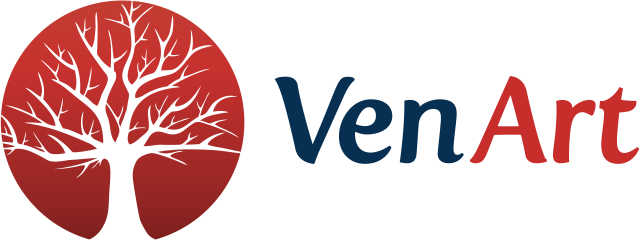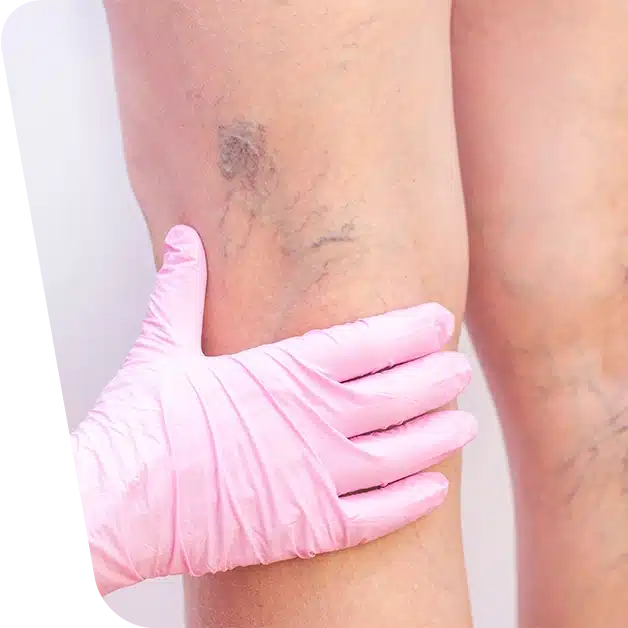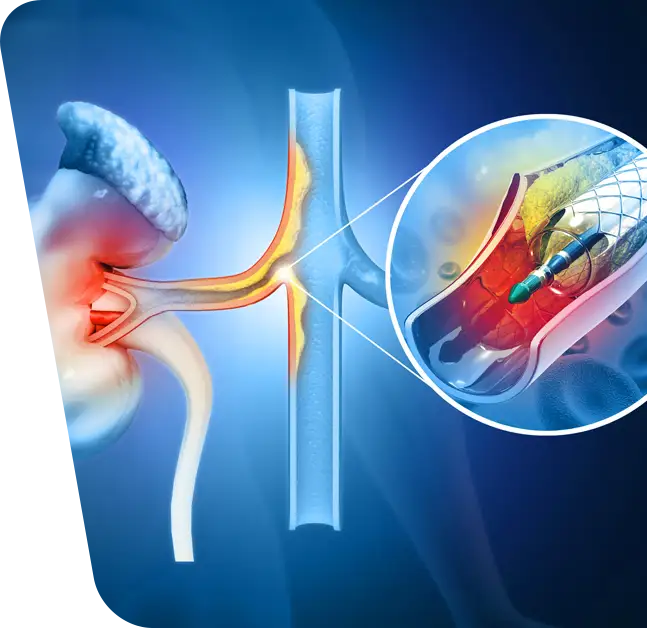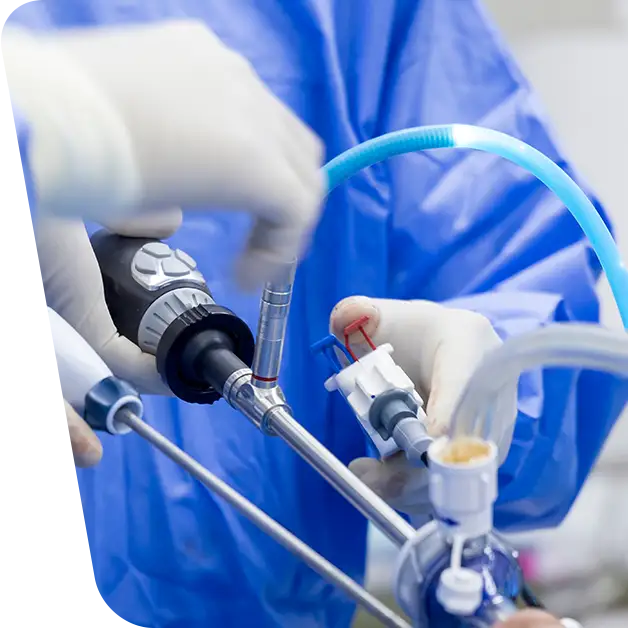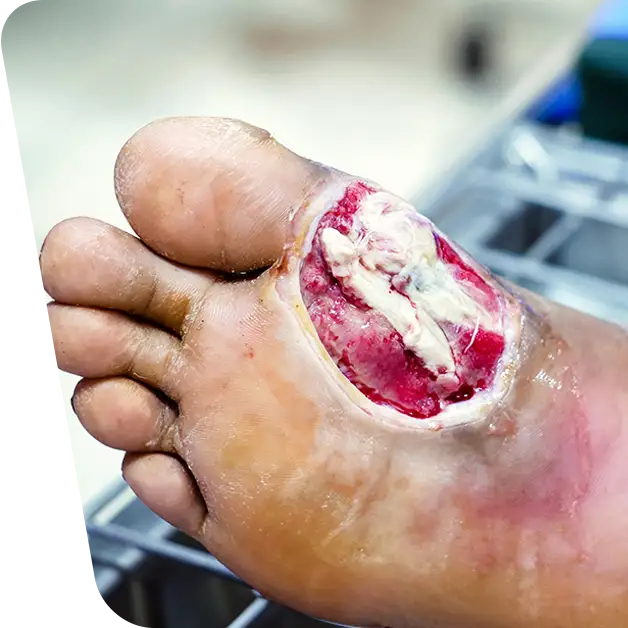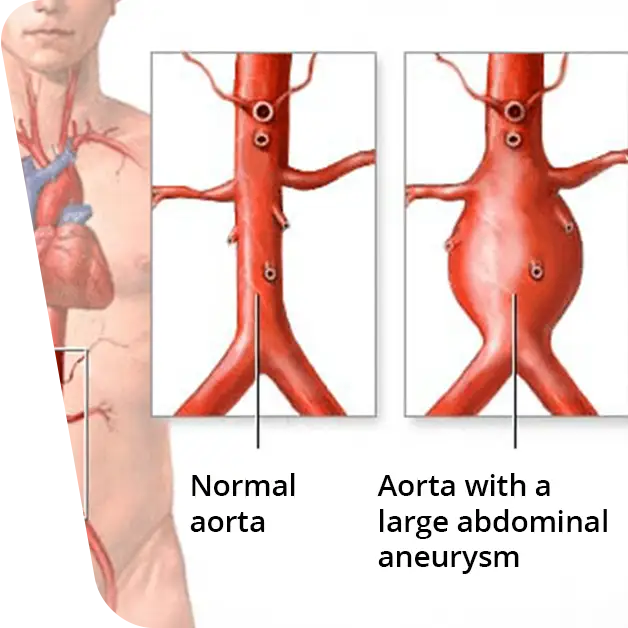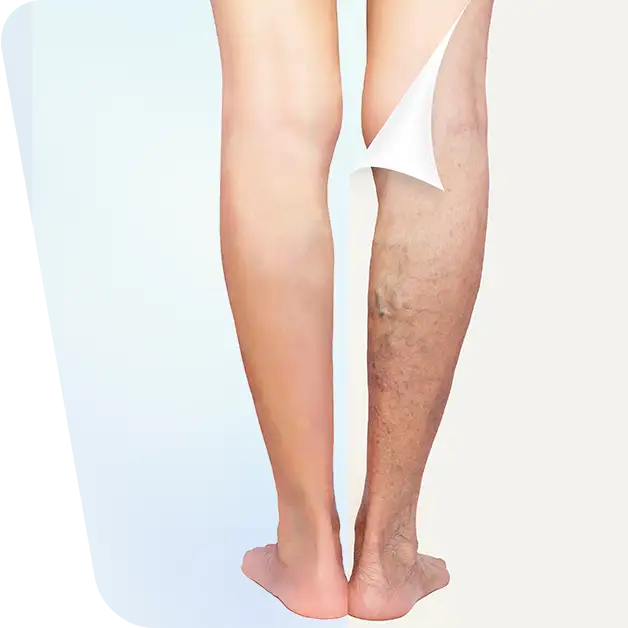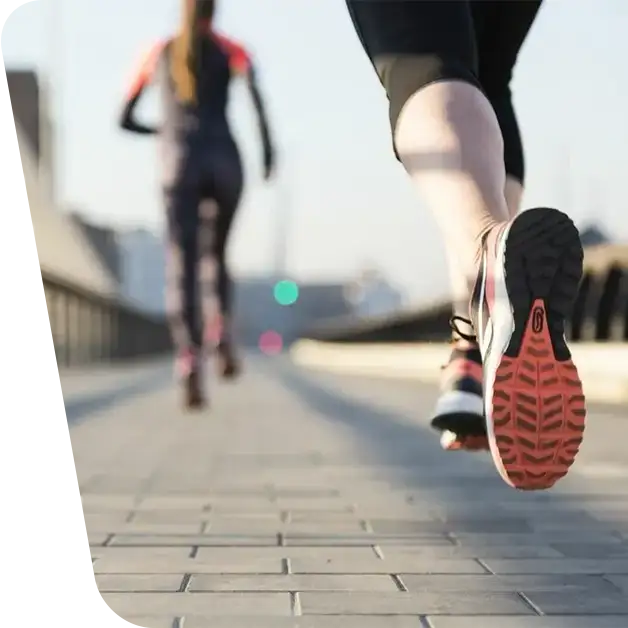Table of contents
ToggleWhat are varicose veins?
Varicose veins are a common condition of the veins, often affecting the lower limbs such as the feet and ankles. The condition is characterized by abnormal dilation and enlargement of superficial veins, in which blood does not circulate properly. To better understand what varicose veins are, it is useful to explore in more detail the causes, symptoms and risk factors associated with this condition.
Cause of varicose veins
The main factor contributing to the development of varicose veins is venous insufficiency. This condition occurs when the valves inside the superficial veins become dysfunctional, allowing blood to pool in the veins and dilate them. Although venous insufficiency is one of the main causes of varicose veins, there are other risk factors that can contribute to its development, such as:
- Genetic predisposition: People who have family members with varicose veins have an increased risk of developing the condition.
- Female gender: Women are more prone to varicose veins than men, especially during pregnancy and menopause.
- Pregnancy: The pressure exerted by the enlarged uterus during pregnancy can affect blood circulation in the pelvic and lower limb veins, creating an increased risk for developing varicose veins.
- Lifestyle: Standing or sitting for long periods of time, lack of physical activity, obesity and a sedentary lifestyle can increase the risk of developing varicose veins.
- Old age: As we age, vein walls may become weaker and less elastic, increasing the likelihood of varicose veins.
Symptoms of varicose veins
Symptoms of varicose veins can vary from person to person and may include the following:
- Bulging and reddened veins: One of the most obvious signs of varicose veins is the appearance of bulging, red or blue veins visible under the skin. These veins can have a sinuous or tortuous appearance and can develop on any part of the lower limbs.
- Feeling of heaviness or discomfort: Many patients with varicose veins feel a sensation of heaviness or discomfort in their legs, especially after long periods of standing or walking.
- Swelling and oedema: Varicose veins can cause swelling in the feet and ankle area. This is due to the accumulation of blood in the affected veins.
- Pain or burning: Some people with varicose veins may experience pain or burning sensations in the affected area. These symptoms may be more intense after physical exertion or at the end of the day.
- Itching and irritation: Sometimes varicose veins can cause itching and skin irritation in the affected area.
- Blood circulation disorders: Varicose veins can affect blood circulation in the leg area, which can lead to skin changes such as pigmentation or venous ulcers.
- Tingling or numbness: Some people may feel tingling or numbness in the area where varicose veins develop.
It is important to note that the symptoms of varicose veins can vary from person to person and can be more severe in more advanced varicose veins. If you experience these symptoms or suspect you have varicose veins, it is recommended that you seek advice from a vascular surgery specialist.
At VenArt Clinic we’ve been doing minimally invasive treatment of varicose veins for 13 years and have a team of highly qualified and experienced vascular surgeons with thousands of surgeries done through all the methods available. To make an appointment and consult one of our specialist doctors, please visit our appointments page.
Minimally Invasive Surgery for the Treatment of Varicose Veins
Minimally invasive surgery for the treatment of varicose veins is an innovative therapeutic option that has become increasingly popular due to its many advantages. This method involves the use of advanced techniques and state-of-the-art equipment to treat varicose veins in a less invasive way. Here are some of the advantages of this procedure:
- Fewer incisions and scarring: One of the most obvious benefits of minimally invasive surgery is the reduction in the number of incisions and, therefore, scars. This contributes to a faster recovery and a more aesthetically pleasing appearance.
- Reduced pain and discomfort: Minimally invasive techniques cause less postoperative discomfort and often require less pain control medication. Patients can return to their usual activities more quickly.
- Quick recovery: The recovery period after minimally invasive surgery is generally shorter compared to traditional surgical procedures. Patients can return to their daily routine in a shorter time.
- Reduced side effects: Complications and treatment side effects are less common in minimally invasive surgery, making it a safer option for patients.
- Effective results: Minimally invasive surgery can provide effective results in treating varicose veins, helping to improve blood circulation and reduce symptoms such as swelling and pain.
Treatment of varicose veins with the Venosteam method
Venostream vein treatment is done on an outpatient basis. This technique is minimally invasive and is developed by the doctor René Milleret, and has been used successfully for over 15 years in Europe.
If you want to know more about the Venostream method, we invite you to read our article Varicose vein treatment with the Venostream method.
But as technology advances and is changing all the time we are using other techniques as well, Radiofrequency, Laser and Glue, all of them with great results. See also our romanian post for more information.
Risks associated with varicose vein surgery
Like any medical procedure, varicose vein surgery carries certain risks. It is important to discuss these risks with your doctor and make sure you fully understand the procedure and treatment options. Associated risks may include:
- Complications of anesthesia: The risk of anesthesia-related complications is very small but should be discussed carefully with your medical team.
- Infections: There is a small risk of infection at the surgical site.
- Deep vein thrombosis (DVT): After surgery, there is a small risk of DVT, which may require further treatment.
- Bleeding: Bleeding in the treated area is rare but possible.
It is important to discuss all of these risks with your doctor and make sure you fully understand the procedure and treatment options.
Price of varicose vein surgery
For detailed information on the costs of minimally invasive varicose vein surgery procedures and to compare prices, please visit our prices page. Here you will find full details of the prices for this procedure so you can make an informed decision based on your budget.
At VenArt Clinic, we are here to provide you with all the information you need and help you navigate the financial process of varicose vein treatment surgery.
After varicose vein surgery
The post-operative period after varicose vein surgery is crucial for effective recovery and achieving the desired results. It is important to follow your doctor’s advice closely and pay attention to proper care to ensure a smooth and complication-free recovery. In this segment, we explore what you need to know about the period after varicose vein surgery:
1. Medical monitoring
After varicose vein surgery, you will be monitored by our specialist medical team. Your doctor and nurses will monitor your health and assess the progress of your recovery. It is important to let us know of any changes or discomfort you experience so that we can provide you with appropriate guidance and treatment.
2. Pain control
It is normal to experience some pain or discomfort in the treated area after surgery. Your doctor will prescribe appropriate medication to help you manage this pain. Be sure to follow your doctor’s instructions about taking these medicines.
3. Compression stockings
Your doctor may recommend that you wear compression stockings to help reduce swelling and support blood circulation during the post-operative period. It is essential that you wear these stockings according to your doctor’s instructions.
4. Personalised recovery programme
At VenArt Clinic, we develop personalised recovery programmes for each patient. These programmes take into account the type of procedure performed and the individual needs of each patient. Strictly follow the recovery programme to ensure that you return to normal activities as soon as possible.
5. Follow-up consultations
Your doctor will arrange a schedule of follow-up appointments to monitor your recovery progress. These appointments are important to make sure you are on the right path to full recovery. It is essential that you do not neglect them and attend these consultations.
6. Avoiding sun exposure
In the first weeks after varicose vein surgery, it is important to avoid prolonged exposure to the sun. The sun’s rays can cause pigmentation or delay the healing process. Be sure to protect the treated area from the sun or use an appropriate sunscreen.
7. Healthy lifestyle
Maintaining a healthy lifestyle is essential for post-operative recovery. A balanced diet, proper hydration and light exercise can help improve blood circulation and speed recovery.
In conclusion, the period after varicose vein surgery requires proper attention and care. At VenArt Clinic, we are here to support you in this recovery process. If you have any questions or concerns, feel free to discuss them with our medical team. An effective recovery will help you enjoy healthy, discomfort-free feet again.
